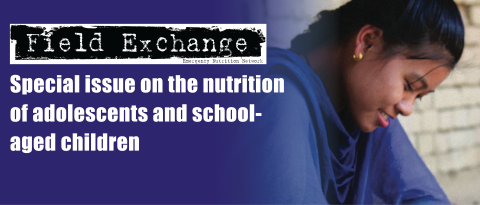Intergenerational nutrition benefits of India’s national school feeding programme
This is a summary of the following paper: Chakrabarti S, Scott S.P, Alderman H, Menon P, Gilligan D.O. (2021). Intergenerational nutrition benefits of India’s national school feeding programme. Nature Communications, 12;4248. Available at: https://doi.org/10.1038/s41467-021-24433-w
Globally, 149 million children are too short for their age and over half of these children live in Asia. In 1995, the Government of India launched the Mid-Day Meal scheme (MDM), a social protection programme that provides a free cooked meal to children six to 10 years of age in government and government-assisted primary schools. Meals provided must contain a minimum of 450 kcal and 12 grams of protein. MDM is the largest school feeding programme in the world and has the potential to improve both women’s education and height which, in turn, may lead to reductions in stunting among children born to these women. However, to date no studies have examined this intergenerational effect.
This paper studies the intergenerational nutritional benefits of India’s MDM using nationally representative data from seven datasets on mothers and their children spanning from 1993 to 2016. Cohorts of mothers were matched by state, birth year and socioeconomic status with data on MDM coverage measured as the proportion of primary-school-age girls receiving MDM.
The study found that the height-for-age z-score (HAZ) among children born to mothers with full MDM exposure was greater (+0.40 SD) than that in children born to non-exposed mothers. Improvements in child height were experienced earlier in states that rolled out MDM in the late 1990s compared to states that scaled up MDM in the 2000s. Associations were stronger among poorer households and likely work through women’s education, fertility and health service utilisation. Overall, the study found that MDM was associated with 13-32% of the HAZ improvement in India from 2006 to 2016.
This paper provides evidence that, when intergenerational effects are considered, the complete benefit of school feeding programmes at scale for linear growth is much greater than previously understood. The finding that programmes that target children six to 10 years of age have the potential to make important contributions to reducing future child stunting is also an important outcome for other transfer programmes that to date have focused primarily on the time between conception and the child’s second birthday.


